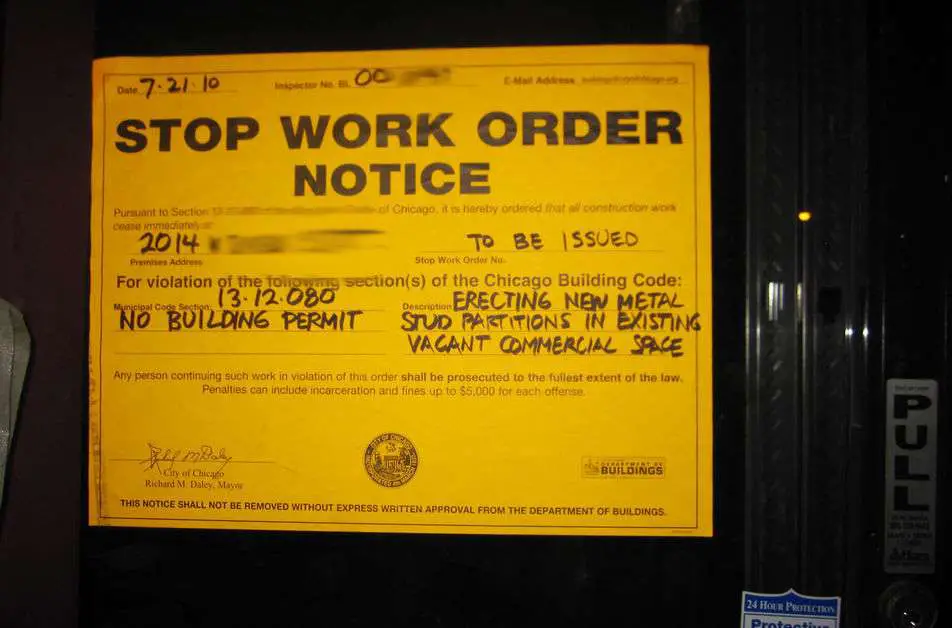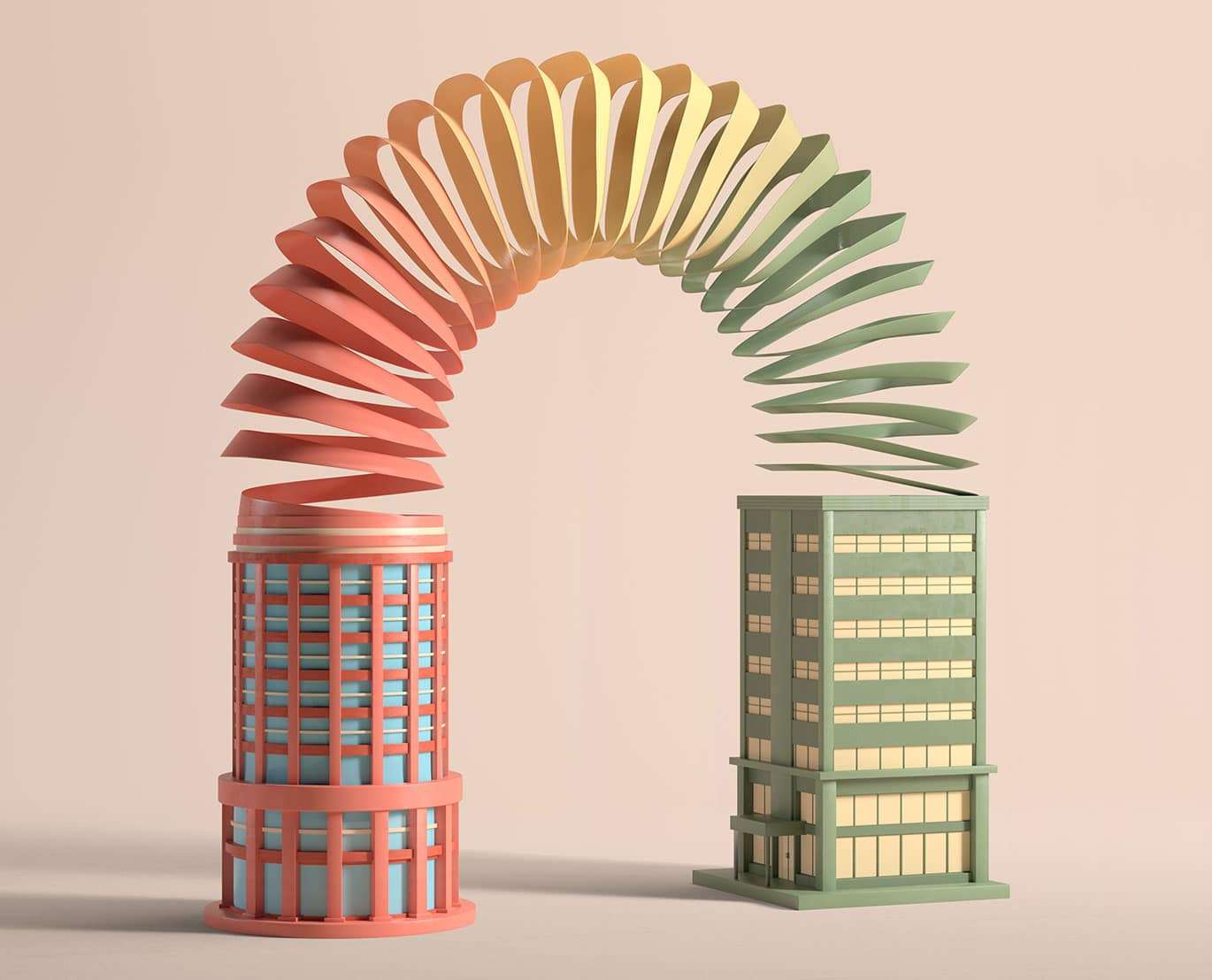In this article, I explore the durability of shipping containers, particularly in the context of off-grid living. Shipping containers have become increasingly popular in recent years as alternative housing structures due to their affordability, availability, and versatility. However, questions about the long-term durability of these containers still persist. By examining the various factors that could potentially affect their structural integrity, such as weather conditions, wear and tear, and material degradation, we can gain a better understanding of just how durable shipping containers truly are in sustaining off-grid lifestyles.

Different Types of Shipping Containers
Standard Dry Containers
Standard dry containers are the most commonly used shipping containers. They are made of steel and are designed to handle general cargo such as dry goods, machinery, and electronics. These containers have a rigid structure and are capable of withstanding stacking and transportation.
Refrigerated Containers
Refrigerated containers, also known as reefer containers, are designed to transport goods that require temperature-controlled environments. These containers are equipped with temperature and humidity control systems to ensure that perishable items such as fruits, vegetables, and pharmaceutical products remain fresh during transportation.
Open Top Containers
Open top containers are designed for easy loading and unloading of oversized or bulky cargo. The top of these containers can be removed, providing a larger opening for loading and unloading through the roof. They are often used for transporting heavy machinery, construction equipment, and building materials.
Flat Rack Containers
Flat rack containers have collapsible sides and are used for transporting oversized or unconventional cargo such as heavy machinery, vehicles, and barrels. The collapsible sides make it easier to load and secure irregularly shaped cargo onto the container.
Tank Containers
Tank containers are specialized shipping containers used for the transportation of liquids and gases. They are built with a cylindrical shape and are made of materials that are compatible with the cargo being transported. These containers are commonly used for transporting chemicals, fuels, and food-grade liquids.
Factors Affecting Durability
Container Material
The material of the shipping container plays a crucial role in determining its durability. Steel containers are known for their strength and rigidity, making them highly resistant to external forces. Aluminum containers, on the other hand, offer a lightweight and corrosion-resistant option. Another important consideration is the use of corten steel coating, which provides additional protection against corrosion.
Construction Quality
The construction quality of a shipping container directly impacts its durability. The welding technique used in the construction process affects the strength and integrity of the container. Proper sealing and joining of different components, such as the roof, walls, and floor, are essential to prevent water leakage and structural damage. Corrosion resistance measures, such as anti-corrosion coatings, contribute to the longevity of the container.
Environmental Conditions
The environmental conditions to which a shipping container is exposed have a significant impact on its durability. Extreme temperatures can cause expansion and contraction of the container’s materials, potentially leading to structural damage. Humidity and moisture can cause corrosion and degradation of the container, especially if proper ventilation is not maintained. Saltwater exposure in coastal areas can accelerate corrosion, while prolonged exposure to UV radiation can cause paint and material degradation.
Cargo Handling
The way cargo is handled inside the shipping container can affect its durability. Stacking and overloading of cargo can put excessive weight on the container’s structure, leading to deformation or even collapse. Vibration and impact during transportation can cause structural damage and weaken the container. Proper securing of cargo using bracing and dunnage is crucial to avoid movement and potential damage. Forklift and crane handling should be done carefully to prevent accidental impact or dropping of the container.
Maintenance
Regular maintenance is essential to extend the life of a shipping container. Regular inspections should be conducted to identify signs of corrosion, structural damage, and wear. Cleaning the container and maintaining its paint can prevent rust and corrosion. Rust and corrosion treatment should be applied as soon as they are detected to prevent further damage. Repair and replacement of damaged parts should be carried out promptly to ensure the container’s integrity and durability.
Container Material
Steel Containers
Steel containers are widely used for shipping due to their strength and durability. They provide excellent protection for cargo against external forces and are resistant to impact and vibration during transportation. Steel containers are typically made of corten steel, which is alloyed with copper, chromium, and nickel for enhanced corrosion resistance. The thick steel walls ensure that the container can withstand stacking and rough handling.
Aluminum Containers
Aluminum containers are an alternative to steel containers, offering a lightweight option without compromising durability. Aluminum has natural corrosion resistance, making it suitable for maritime environments. These containers are often used for air freight, where weight restrictions are a concern. While aluminum containers may not be as strong as steel containers, they are still capable of safely transporting cargo under normal conditions.
Corten Steel Coating
Corten steel coating is commonly applied to shipping containers to enhance their durability and resistance to corrosion. Corten steel, also known as weathering steel, forms a protective layer when exposed to the atmosphere, reducing the need for constant maintenance. This coating provides additional protection against the harsh conditions experienced during shipping, such as saltwater exposure and UV radiation.
Construction Quality
Welding Technique
A key factor in the construction quality of a shipping container is the welding technique used. Proper welding ensures that the container’s components are securely joined, providing structural integrity and strength. Welding defects or improper techniques can lead to weak points in the container, which may compromise its durability. High-quality welding techniques are essential to ensure a durable shipping container.
Sealing and Joining
The sealing and joining of different components of a shipping container are critical for its durability. The roof, walls, and floor should be tightly sealed to prevent water leakage and ingress. The use of effective sealing materials, such as silicone gaskets, helps to maintain a watertight container interior. Properly joined and sealed components ensure that the container remains structurally sound during transportation and stacking.
Corrosion Resistance
Corrosion resistance measures are crucial in ensuring the durability of a shipping container. Proper surface preparation and the application of corrosion-resistant coatings, such as primer and paint, help prevent rust and degradation of the container’s materials. Additional protective measures, such as sacrificial anodes or cathodic protection systems, can be implemented to further enhance corrosion resistance and extend the container’s lifespan.
Structural Integrity
The structural integrity of a shipping container is vital for its durability and ability to withstand external forces. The container’s framework, including corner castings, corner posts, and side rails, should be designed and constructed to handle stacking, loading, transportation, and offloading. Structural components should be adequately reinforced to prevent deformation or failure under stress. Well-built shipping containers with excellent structural integrity can withstand harsh conditions and maintain their durability over time.

Environmental Conditions
Temperature Extremes
Temperature extremes can have a significant impact on the durability of shipping containers. Extreme heat can cause expansion and contraction of the container’s materials, potentially leading to structural damage or warping. Conversely, extreme cold can make the materials brittle and prone to cracking or rupturing. Proper insulation and ventilation systems help regulate the internal temperature of the container, minimizing the effects of temperature extremes.
Humidity and Moisture
Humidity and moisture are common culprits of corrosion and degradation in shipping containers. Without proper ventilation, condensation can occur inside the container, leading to the accumulation of moisture. The presence of moisture, especially in combination with saltwater exposure, accelerates corrosion and can weaken the container’s structure. Adequate ventilation systems and desiccants can help reduce humidity levels and mitigate the impact of moisture on container durability.
Saltwater Exposure
Shipping containers that travel through coastal areas or are transported on ships are exposed to saltwater spray. Saltwater contains corrosive salts that can rapidly accelerate the corrosion process. Without appropriate corrosion protection measures, such as anti-corrosion coatings, saltwater exposure can lead to the degradation of the container’s materials and compromise its durability. Regular cleaning and maintenance are essential to remove salt residue and prevent corrosion.
UV Radiation
UV radiation from sunlight can cause paint and material degradation in shipping containers. Prolonged exposure to UV rays can fade the container’s paint, making it susceptible to corrosion and weakening the container’s structure. UV radiation can also cause plastic parts and seals to become brittle and prone to cracking. The use of UV-resistant coatings and paints can provide additional protection against the damaging effects of UV radiation and prolong the container’s durability.
Cargo Handling
Stacking and Overloading
Improper stacking and overloading of cargo inside a shipping container can lead to excessive stress on the container’s structure. Exceeding the weight limits or stacking cargo unevenly can cause deformation or collapse of the container. It is essential to follow industry guidelines and weight restrictions when loading cargo to ensure that the container can withstand the stacking forces and maintain its durability.
Vibration and Impact
During transportation, shipping containers are subjected to vibration and impact forces. Vibrations can cause loosening of cargo, leading to movement and potential damage within the container. Impact forces, such as collisions and bumps, can cause structural damage and weaken the container. Proper securing of cargo using bracing, dunnage, and lashing systems helps minimize movement and reduce the risk of damage from vibration and impact.
Proper Securing of Cargo
Properly securing cargo inside a shipping container is crucial for maintaining its durability. Cargo should be braced and blocked to prevent movement and shifting during transportation. Dunnage materials, such as wood or airbags, can be used to fill void spaces and provide cushioning against impact. Lashing systems, such as steel strapping or ropes, are used to tightly secure the cargo and distribute the forces acting on it. Adequate securing of cargo ensures that the container remains structurally intact during transit.
Forklift and Crane Handling
Forklift and crane handling of shipping containers require precision and care to avoid accidental impact or dropping. Improper handling can lead to structural damage, deformation, or even dropping of the container. The use of appropriate lifting and handling equipment is essential to ensure the container’s stability and prevent damage. Proper training and adherence to lifting and handling protocols are crucial in maintaining the durability of shipping containers.

Maintenance
Regular Inspections
Regular inspections are vital to identify any signs of damage or wear in shipping containers. Inspections should be conducted at least annually, or more frequently if the containers are subjected to harsh conditions or intense usage. The inspection should cover all aspects of the container, including the structure, doors, floor, roof, and internal components. Any signs of corrosion, structural damage, or wear should be documented and addressed promptly to prevent further deterioration.
Cleaning and Paint Maintenance
Cleaning shipping containers regularly is important to remove dirt, salt residue, and other contaminants that can contribute to corrosion. High-pressure washing or manual cleaning can be used to remove dirt and grime from the container’s exterior and interior surfaces. Paint maintenance is also crucial in preserving the container’s durability. Repainting any areas where the paint has worn off or been damaged helps to protect the underlying materials from corrosion and maintains the container’s aesthetics.
Rust and Corrosion Treatment
If rust and corrosion are detected during inspections, prompt treatment is necessary to prevent further damage. Surface rust can be removed using wire brushes or sandblasting techniques. After removing the rust, an appropriate anti-corrosion treatment, such as primer and paint, should be applied to the affected areas. Regular monitoring and treatment of rust and corrosion help maintain the container’s integrity and extend its lifespan.
Repair and Replacement
Timely repair and replacement of damaged parts are essential for maintaining the durability of shipping containers. Structural damage, such as dents, bends, or holes, should be repaired by professionals using appropriate welding and repair techniques. Damaged components, such as doors, hinges, or seals, should be replaced to ensure the container remains watertight and structurally sound. Prompt and proper repair and replacement measures help prolong the container’s life expectancy and prevent further damage.
Life Expectancy of Shipping Containers
Industry Standards
Shipping containers are designed and manufactured based on industry standards and regulations to ensure their durability. The International Organization for Standardization (ISO) sets standards for container construction, dimensions, and quality. Shipping containers that meet these standards are expected to have a typical lifespan of 10 to 15 years or more, depending on usage intensity, maintenance practices, and environmental conditions.
Usage Intensity
The intensity of container usage affects its life expectancy. Containers used for long-distance shipping and frequent transportation are subjected to more stress and wear than those used for storage purposes. Containers that are constantly being loaded, unloaded, and stacked may have a shorter lifespan compared to those used in less demanding conditions. Heavy loading and unloading, as well as rough handling, can accelerate the wear and tear on the container’s structure.
Location and Climate
The location and climate in which shipping containers are placed or transported also impact their durability and life expectancy. Containers exposed to extreme weather conditions, such as high humidity, temperature extremes, or heavy rainfall, may deteriorate more quickly than those in milder climates. Coastal areas with high saltwater exposure pose a higher risk of corrosion, requiring additional corrosion protection measures. Containers located in areas prone to natural disasters, such as hurricanes or earthquakes, may also have a shorter lifespan due to potential structural damage.
Maintenance Practices
The maintenance practices implemented for shipping containers greatly influence their longevity. Regular inspections, cleaning, and repair activities help detect and address issues early, preventing further damage. Proper rust and corrosion treatment, along with paint maintenance, are crucial for preserving the container’s structural integrity. Adherence to maintenance schedules and the use of professional services in repairs and replacements contribute to the container’s overall durability and life expectancy.
Common Durability Issues
Corrosion and Rust
Corrosion and rust are common durability issues for shipping containers, especially in maritime environments. Saltwater exposure, high humidity, and lack of proper ventilation can accelerate corrosion and promote the formation of rust on the container’s surfaces. Corrosion weakens the container’s structure and can compromise its ability to withstand external forces. Regular inspections, rust treatment, and corrosion-resistant coatings are essential in combating these issues and maintaining the container’s durability.
Structural Damage
Structural damage can occur due to improper handling, stacking, or external impact during transportation. Improperly secured cargo, overload, or mishandling by forklifts or cranes can cause dents, bends, or punctures in the container’s structure. Structural damage weakens the container and may lead to water leakage, loss of cargo integrity, or even collapse. Timely repair and replacement of damaged parts are crucial for preventing further structural damage and maintaining the container’s durability.
Leakage and Water Damage
Leaks and water damage pose serious risks to the durability of shipping containers. Water ingress can occur through improperly sealed or corroded areas, leading to internal moisture accumulation and potential corrosion of the container’s materials. Water damage can weaken the container’s structure, cause cargo deterioration, and lead to mold or mildew growth. Proper sealing, periodic inspections, and prompt repair of leaks are vital in preventing water damage and maintaining the container’s durability.
Door Wear and Tear
Doors are critical components of shipping containers, and their wear and tear can impact the container’s durability. Constant opening and closing of the doors, exposure to external forces during handling, and lack of proper maintenance can cause hinges, seals, or locking mechanisms to deteriorate. Damaged doors can compromise the container’s security, structural integrity, and watertightness. Regular lubrication, adjustment, and replacement of door components are necessary to ensure the longevity of the container’s doors and overall durability.
Conclusion
Shipping containers are essential for global trade and storage, but their durability depends on various factors. The material and construction quality of the container, along with environmental conditions, cargo handling practices, and maintenance, all play key roles in determining its lifespan. Steel and aluminum containers offer different advantages in terms of strength and corrosion resistance. Proper sealing, corrosion protection, and structural integrity measures are vital in ensuring the durability of a shipping container. Regular inspections, cleaning, and prompt repair or replacement of damaged parts are crucial maintenance practices. By considering these factors and implementing appropriate measures, shipping containers can withstand the rigors of transportation and storage, maintaining their durability for years to come.




